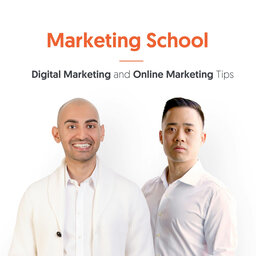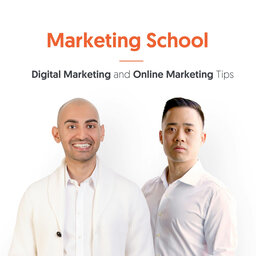5 Hacks to Generate Clients Using LinkedIn | Ep. #496
In episode #496, Eric and Neil talk about the five hacks you can use in order to generate clients using LinkedIn. Tune in for some great advice about how to use this networking site to your advantage.
Time-Stamped Show Notes:
- [00:28] Today’s Topic: 5 Hacks to Generate Clients Using LinkedIn
- [00:35] Hack #1: Write content! They push content more than Facebook, because LinkedIn is hungry for content.
- [01:25] Hack #2: Use DuxSoup. DuxSoup allows you to visit profiles, collect email addresses, and send messages to LinkedIn users. DuxSoup will also help you sort out good contacts.
- [02:40] Hack #3: Ask people for feedback on LinkedIn. AlertFind allows companies to text and communicate with their employees with ease during times of crisis. You can use this system to hit up ideal customers and ask for feedback.
- [04:45] Hack #4: Filter out people for first or second-degree connections on LinkedIn. Using DuxSoup will help you filter and then reach out to these people.
- [05:42] Hack #5: Change your bio so that it reflects the work you want to do, on top of what you actually do. This can increase inquiries.
- [07:15] That’s it for today!
- [07:17] Supermetrics is a powerful analytics reporting tool. It does things other analytics tools cannot do! To learn more go to Supermetrics.com/marketingschool.
Leave some feedback:
- What should we talk about next? Please let us know in the comments below.
- Did you enjoy this episode? If so, please leave a short review.
Connect with us:
Learn more about your ad choices. Visit megaphone.fm/adchoices
 Marketing School - Digital Marketing and Online Marketing Tips
Marketing School - Digital Marketing and Online Marketing Tips


